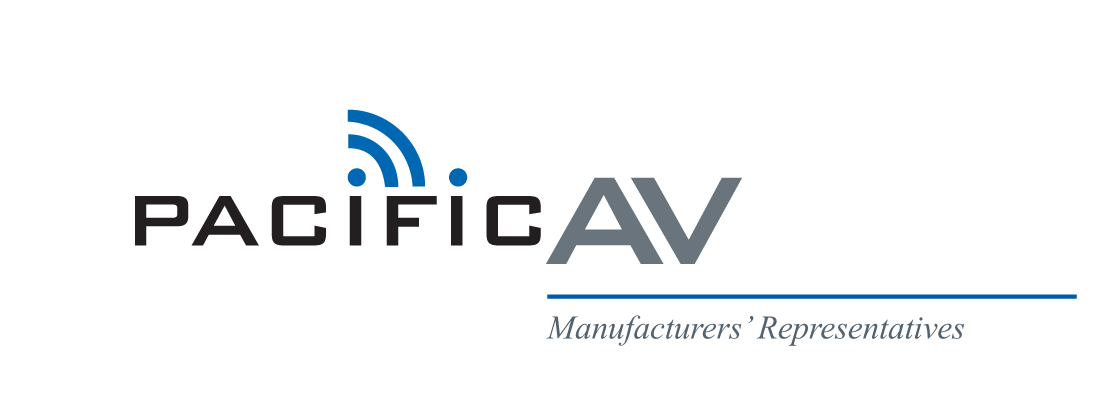 On October 24, 2017, Xilica’s Chief Engineer and Director, Donny Chow, spoke at an exclusive event for AES (Audio Engineering Society) in Toronto.
On October 24, 2017, Xilica’s Chief Engineer and Director, Donny Chow, spoke at an exclusive event for AES (Audio Engineering Society) in Toronto.
The event took place in one of the top, leading recording facilities in North America, Revolution Recording. The event was held in Revolution Recording’s Studio A, which is a luxurious 2200-square foot room that boasts high ceilings, tuneable decay and wall diffusion finished in cherry wood and includes three separate isolation booths and a separate control room.
The evening kicked off with a presentation by Mike Nunan, a 25-year veteran of the Television and Audio Industries. Mike focused on the world of live performance and broadcast and emphasized on the importance of capturing high-quality audio at 96kHz instead of recording at the “consumer standard” of maximum 48kHz. He played a series of live orchestral music pieces to highlight the importance of audio resolution and performance playback.
After a short break, Xilica’s Chief Engineer and Director, Donny Chow, took the stage.
In the DSP world, there are two data formats for DSP: Fixed Point and Floating Point.
Donny explained the mathematics behind Fixed Point and Floating Point through a Series of slides, followed by an active listening test.
The test was designed using Xilica’s SolaroConsole software. The design included a pre fader, a post fader, a master fader, and three separate tracks labeled ‘Bits’, ‘Fixed Point’ and ‘Floating Point’.
All track examples used 24-bit audio.
The ‘Bits’ track represented the number of bits. The number of bits was reduced one at a time and the affects on the audio signal were quickly noticeable.
The Fixed Point and Floating Point Gain tracks were each soloed individually and the pre and post fader’s gains were adjusted to show the affects of the two Gain algorithms based on fixed point and floating point, respectively, had on the audio signal.
Ultimately, there are advantages and disadvantages to Fixed Point and Floating Point.
However, what is most important is the algorithm within your DSP.
It was an honor to participate in AES’ 2017 event.
A big thank-you to everyone who joined us for this exclusive event and we hope you took something of value from this presentation.
A special thank-you to Bill Coons from Contact Distribution for making this event possible, Joe Dunphy from Revolution Recording for welcoming us into their facility and the AES committee for their encouragement and support in the audio community.
We look forward to the future of digital audio and we hope to participate in a similar event again soon!
*All the demonstrations used our unreleased Solaro QR quarter rack 1U device using Dante in a pure digital audio domain.
